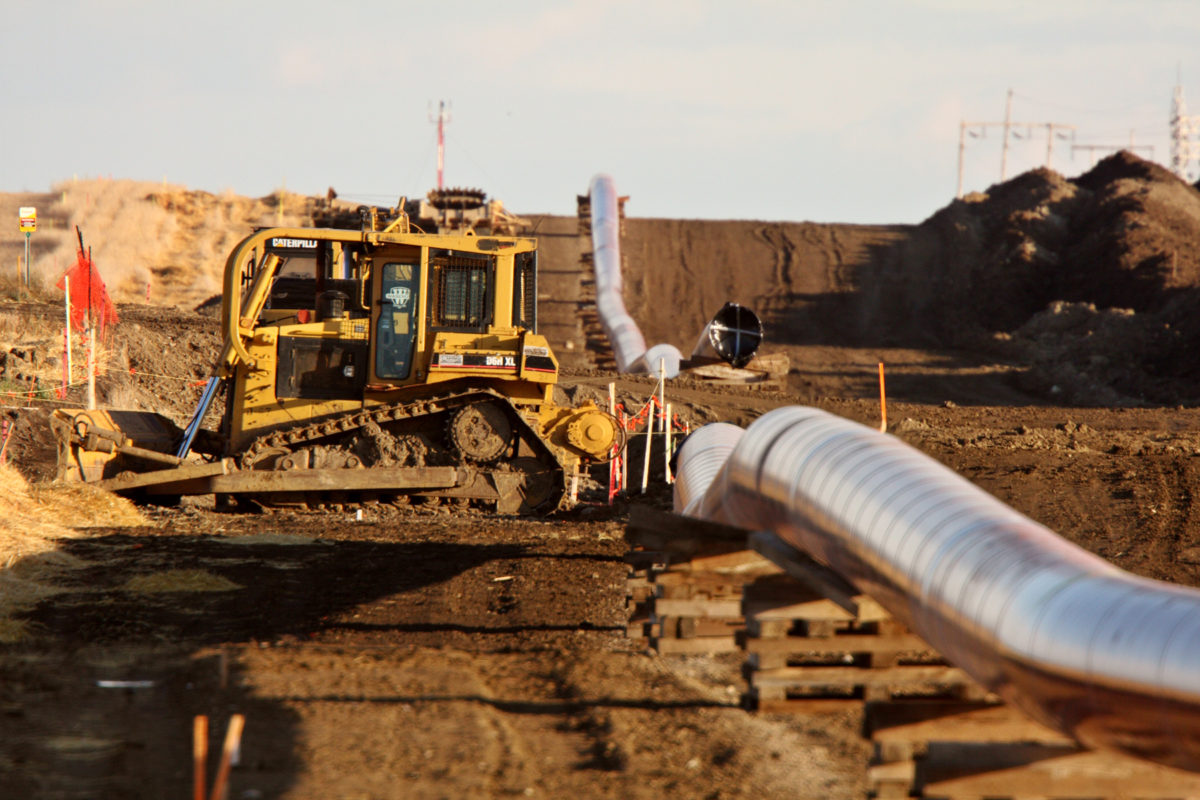A Dirty, Dangerous EU LNG & Pipeline Masterplan (or How to Make Sure the Fossil Gas Industry Will Profit for Years To Come)
A Dirty, Dangerous EU LNG & Pipeline Masterplan (or How to Make Sure the Fossil Gas Industry Will Profit for Years To Come)
After the brutal invasion of Ukraine by Russian troops, EU leaders were faced with fundamental changes of the reality around fossil gas. The supply of Russian gas, already weaponized in disputes in the past, suddenly moved to the top of the agenda, while citizens and governments called for an end to the consumption of Russian gas.
Before the war, 155 billion cubic meters of gas (about a third of the EU’s historic gas demand) traveled from Russia to EU countries, with several pipeline connections delivering gas from East to West. After February 2022, decision-makers scrambled to enable new West to East flows to bring Liquefied Fossil Gas (LNG) as well as non-Russian pipeline gas into Europe.
Enabling these flows means more pipelines and more LNG terminals, which translates into more money for the fossil gas industry and a dangerous lock-in of Europe’s gas addiction.

Pipelines take many years to build and swallow hundreds of millions, if not billions. Costly LNG terminals may in some cases be installed faster, but many come with climate-wrecking long-term contracts which Europe must avoid at all costs to keep its chances to keep climate change at bay. This infrastructure lock-in is also a hugely risky economic move: With gas prices expected to stay volatile for years to come, think-tank Ember estimates Europe’s bill for gas in 2025 creaking under additional costs of €315bn. Yearly additional costs in 2030 are still estimated to amount to €250bn.
All across Europe, government-backed and private LNG terminal plans have popped up and old import terminal plans are being revived. France plans to build a terminal in Le Havre owned by TotalEnergies, which had been successfully opposed by affected communities several years ago, Croatia plans to enlarge its existing Krk LNG terminal, and the Croatian government recently agreed to subsidize the dirty plan with €180mio. The Dutch were quick to buy two floating storage and regasification units (FSRUs) which will import gas in the Eemshaven port.
Germany, which is Europe’s biggest gas user and has historically depended on Russian gas, is the absolute epicenter of the LNG frenzy. It adopted an LNG-acceleration law to speed up the construction of the climate-wrecking terminals in May. Up to 12 new LNG terminals are planned in the country, with no such infrastructure to date – and by now the German government has secured five floating terminals to import dirty fossil gas.
Besides the French LeHavre terminal, all of the LNG terminals mentioned above have been included in the REPowerEU plans released by the EU Commission. Published as a response to Russian aggression, the EU Commission estimates another €10 billion in investments are needed to upgrade the EU infrastructure, while in the years before the war it repeatedly claimed the gas network was largely resilient.
The past shows us that expanding fossil gas infrastructure swallows not only lots of money but also takes time, often much more than projected. The story of so-called “Projects of Common Interest” (PCIs) is very illustrative of this reality. Since 2013, EU money and support has benefited priority gas PCIs that aimed at reducing Russian dependence. However, many of them have been cancelled or repeatedly delayed: Two thirds of the current top priority gas projects pushed back the planned commissioning date by at least a year. Despite enjoying the PCI V.I.P label for years, construction has not even started for emblematic projects such as the Irish Shannon LNG terminal, or the EastMed pipeline project. A similar story is true for the Cypriot LNG terminal, a mega gas import project on an island with no gas infrastructure to date. Although the May 2022 REPowerEU plans claimed the terminal would be finalized in 2023, the project timeline has suffered repeated setbacks. Even pipeline projects that are finalized today, such as a new gas pipe between Poland andSlovakia, often have a year-long “top-priority” history. That 165km long pipe has enjoyed top priority PCI status for years, from 2013 until 2021, and has received over €100 mio EU tax money – and will only start operating in fall 2022 after yearlong delay. Also the 182km long Greece – Bulgaria Interconnector (IGB) faces a similar fate. Its operation date has been pushed back repeatedlyand will be years behind the planned date – despite having enjoyed priority PCI status since 2013. “Fast-tracked” pipeline processes like this, even for fairly short pipelines that take at least 8-9 years is not reassuring when we think about the challenges Europe will be facing.
And yet, EU tax money of up to €800mio will be distributed to PCIs, including fossil gas projects soon.
These projects will not help Europeans in the difficult winters to come.
They will, however, help the fossil fuel industry maintain its dominance, which it has used to delay and distract from the existential issue of climate change. In order to move towards a livable future for all of us, and in order to be able to use the current energy crises to go full speed towards the fair, just transition we urgently need, we must stop fossil infrastructure build-out and cut fossil fuel lobby interest out of politics. Right now.
On that front, there is some good news. Irish groups have successfully called out the problems with these LNG plans, making the risk of importing fracked US LNG a countrywide issue high up on the agenda. Back in 2019, when climate change was still less visible with all its catastrophic impacts in Europe, Sweden blocked an LNG import terminal. and rightly did so on climate grounds We urgently need more decisions like that and we need each and every European to stand up for it.


